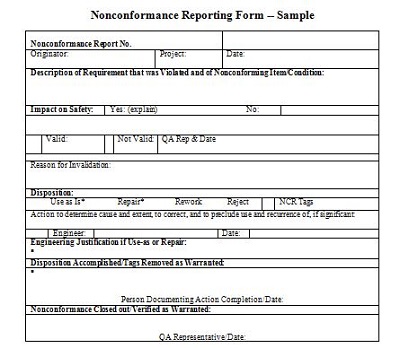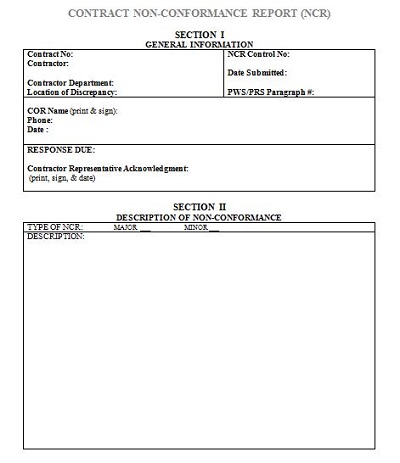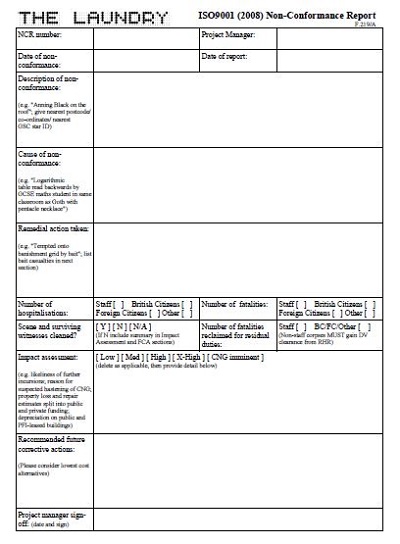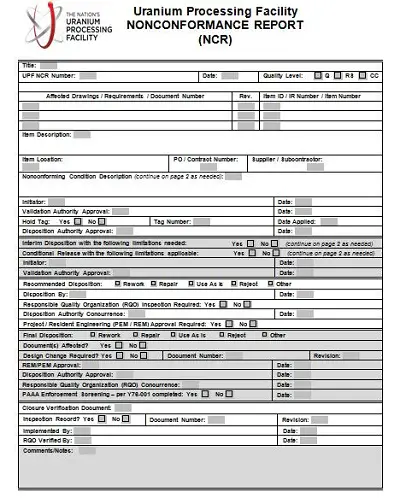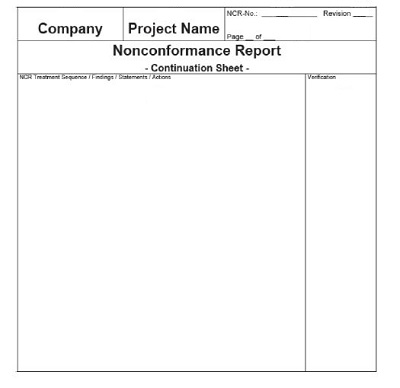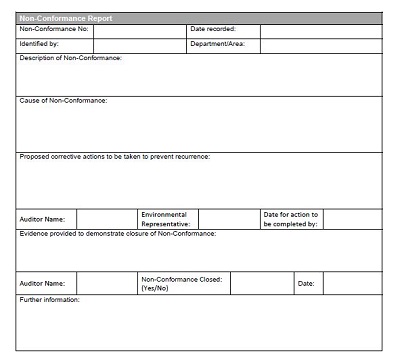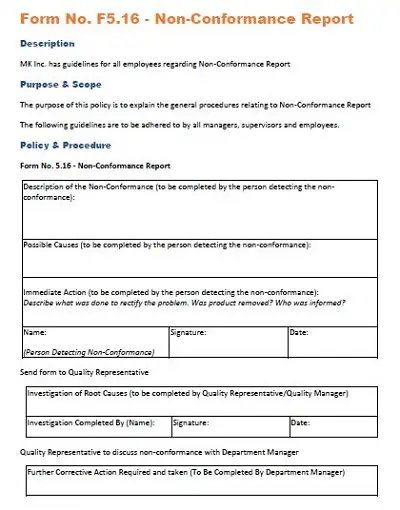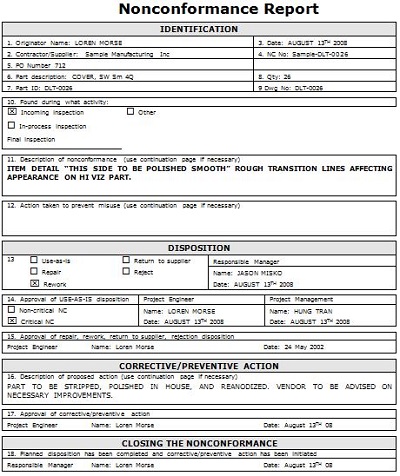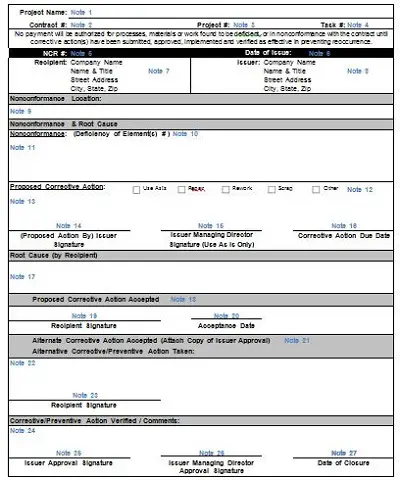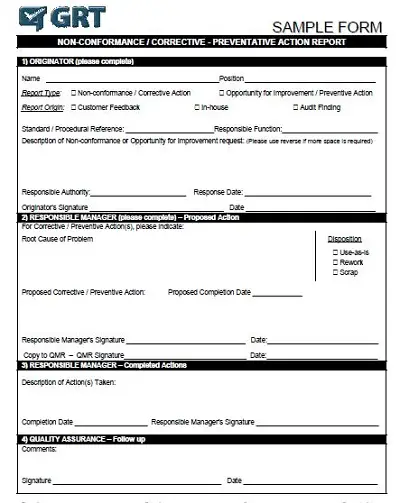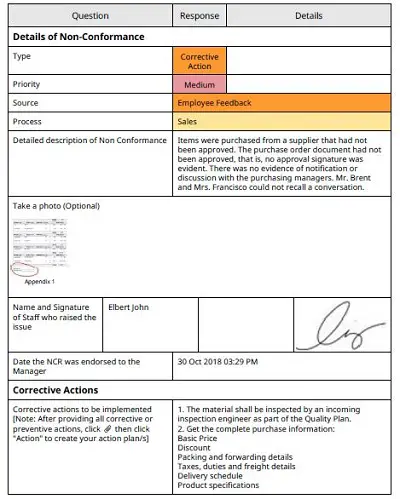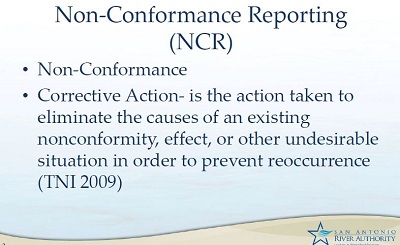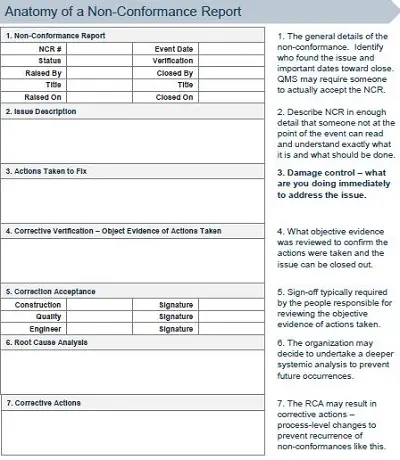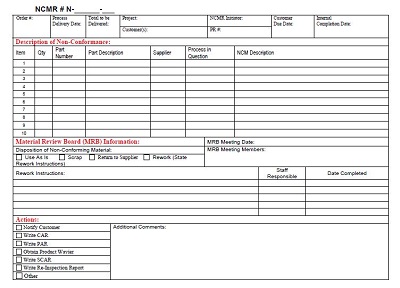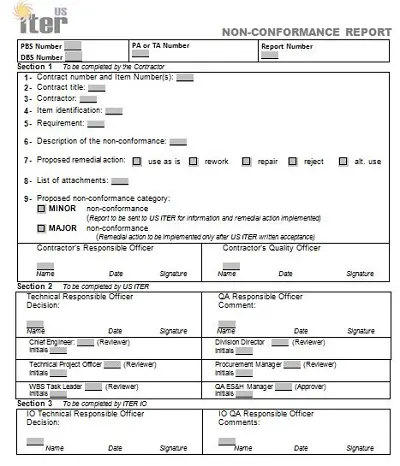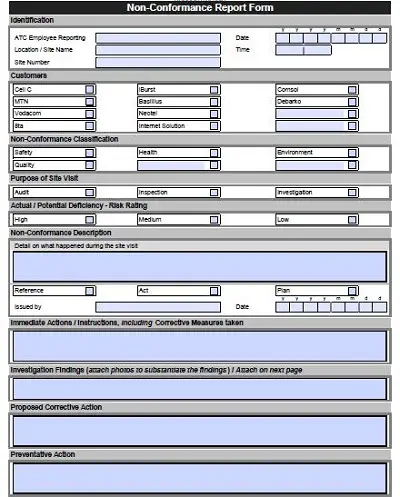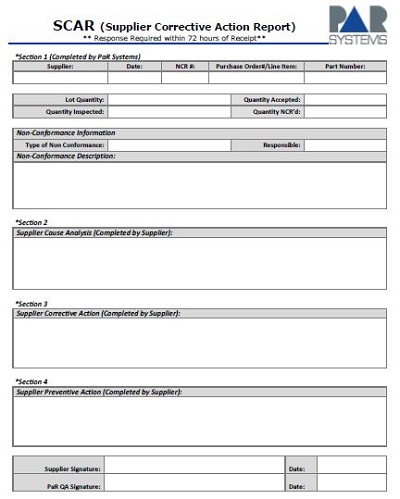25+ Free Non-Conformance Report Templates
A Non-Conformance Report is an important tool within Quality Control. It is used to document any part of a product, service, or activity which does not meet the specifications of quality products, services, and standard operating procedures. In particular, it helps define what aspects do not meet the required criteria so that corrective actions can be taken to mitigate these issues.
Table of Contents
This is an essential tool for businesses seeking to improve their performance by reducing instances of poor quality control. A Non-Conformance Report assists managers in understanding why these defects have occurred as well as providing them with the necessary data to launch appropriate countermeasures going forward.
Download Free Non-Conformance Report Templates
What Is a Non-Conformance Report?
A non-conformance report is an important document that provides a detailed account of any deviations or lack of conformity from established standards. In business, quality assurance requires that all discrepancies be identified and logged to create an environment of continual improvement.
A non-conformance report lists the deviation or lack of compliance, who the responsible party is, and what corrective action must take place to restore the quality standards set by the organization. Additionally, most non-conformance reports come with recommendations on how similar issues can be avoided in the future, allowing organizations to proactively prevent costly mistakes and maintain their high commitment to quality.
The Benefits of Non-Conformance Reports
Having an NCR system in place is beneficial for both customers and businesses alike. Customers benefit because they know that any issues with products will be addressed quickly and accurately with an NCR. Businesses benefit because having this system provides them with valuable feedback about their manufacturing processes that can help them identify problems before they become major issues. Plus, having an organized record of all NCRs helps companies track trends over time and make better decisions when it comes to improving their production processes.
Key Components of Non-Conformance Reports
Non-conformance reports are an essential component of quality assurance and control. They help analyze any deviations from the standard operating procedure, identify potential problems, and ensure that corrective action is taken. Here are some key components of non-conformance reports.
Defining the Problem
The first step in any non-conformance report is to clearly define the problem. This should be done as soon as possible, for two reasons firstly, it prevents further errors from occurring; and secondly, it helps with identifying root causes. To ensure accuracy and completeness in this section, it’s important to include all relevant information such as product details, customer complaints, test results, or inspection data.
Investigating Root Causes
Once the problem has been identified, an investigation must be conducted to identify the root cause of the issue. This involves looking into what went wrong at each stage of production or service delivery. It could also involve interviewing personnel involved in manufacturing or delivering the product/service to gain a better understanding of what happened.
Taking Corrective Action
The third step is taking corrective action to fix the problem and prevent similar issues from happening in the future. Depending on the severity of the issue, this could involve anything from retraining staff members or implementing new procedures to replacing faulty equipment or recalling products from customers. All necessary measures must be taken so that no further problems occur down the line.
How to Create a Non-Conformance Report Template
A non-conformance report template is used to document the process of identifying, reporting, and managing any deviation in product performance or process. It is an essential tool for organizations that require compliance with regulations, standards, and other guidelines. With a well-thought-out template in place, organizations can ensure that their processes remain compliant while also staying on top of quality issues.
Establish Your Processes
The first step in creating a non-conformance report template is to establish your processes. This includes defining what constitutes a nonconformance, establishing how it will be reported, and deciding who should be responsible for filing reports. Additionally, you should define what corrective action needs to be taken when a nonconformance is identified. All of this information should be included in the template so that everyone involved understands the expected protocol for addressing these issues.
Define Your Objectives
The next step is to define your objectives for the template. What do you hope to accomplish with it? What are the key elements that need to be included? For example, does the report need to include details about the incident such as date/time, location, severity level, etc.? Knowing exactly what data points you want to be included will help inform how you design your template and ensure that all relevant information is captured accurately and efficiently.
Develop Your Template
Once you have established your processes and objectives for the report, it’s time to develop your template. This should include all necessary fields such as dates/times of occurrence, locations of occurrence, root causes of nonconformances identified, corrective actions taken, etc., as well as any other information required by regulation or standardization bodies. If possible, include drop-down menus where appropriate so that data can be entered quickly without having to type out every detail each time an issue arises.

